
NYRVANA is the first-in-human trial and is an open-label, multicenter, dose-escalation study investigating the safety, tolerability, and preliminary efficacy of a single intravitreal injection of SPVN20 over 6 months.

NYRVANA is the first-in-human trial and is an open-label, multicenter, dose-escalation study investigating the safety, tolerability, and preliminary efficacy of a single intravitreal injection of SPVN20 over 6 months.

This acquisition will include Adverum’s lead candidate, Ixo-vec, a gene therapy treatment for wet AMD.

The results presented at 2025 European Society of Medical Oncology meeting support neoadjuvant darovasertib as a potential treatment to delay or prevent progression of the disease.

Emerging anti-VEGF agents offer enhanced durability and anatomic outcomes in retinal disease.
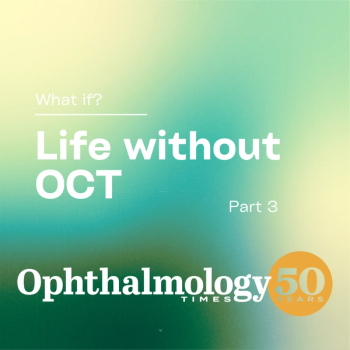
To celebrate Ophthalmology Times' 50th anniversary, we asked leading experts what the practice would look like today had optical coherence tomography (OCT), one of the biggest innovations in the field, never been invented.
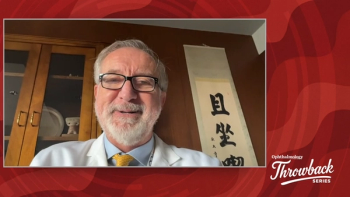
Peter J. McDonnell, MD, reflects on his early experience managing bullous keratopathy with penetrating keratoplasty and how advances like DMEK have transformed outcomes across corneal, refractive, and cataract surgery.

Regeneron faces another FDA setback for Eylea HD due to manufacturing issues, but plans for new facilities signal future production improvements.

Surgeons weigh in on emerging surgical technologies, premium lens trends, and strategies to optimize patient satisfaction and safety.

Topcon Healthcare enhances its AI capabilities by acquiring Toku, Inc., aiming to revolutionize eye care with advanced predictive health insights.

From MIGS integration to remote monitoring and next-generation therapeutics, glaucoma specialists explore how new approaches are redefining patient outcomes.

The AAO 2025 meeting offered a platform for companies to showcase their latest technologies to advance ophthalmic patient care.

Automated standardized graphs facilitate refractive surgery outcome analysis.
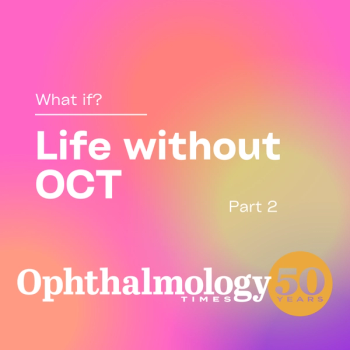
To celebrate Ophthalmology Times' 50th anniversary, we asked leading experts what the practice would look like today had optical coherence tomography (OCT), one of the biggest innovations in the field, never been invented.
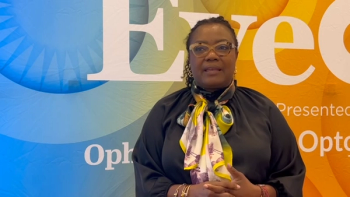
Oluwatosin U. Smith, MD, reflects on early experiences caring for pediatric patients with complex glaucoma and how evolving tools and advancing science have reshaped treatment options over the decades.
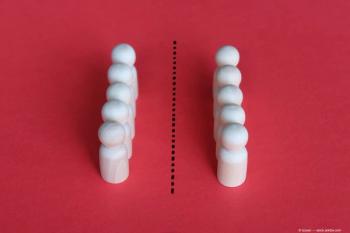
STAAR releases new date for shareholder meeting

New research highlights iron dysregulation's role in dry AMD, suggesting transferrin as a promising treatment to slow disease progression.

Xelafaslatide (formerly ONL1204) is a small-molecule Fas inhibitor designed to protect key retinal cells from cell death that occurs across multiple retinal diseases and conditions such as geographic atrophy.
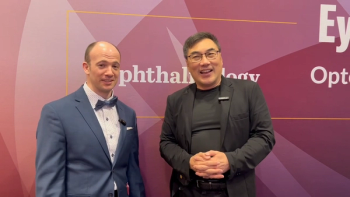
Andrew G. Lee, MD, and Drew Carey, MD, discuss the case of a patient with persistent papilledema after brain tumor resection due to superficial siderosis.
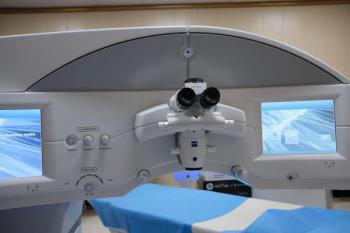
Faster cutting speeds and ergonomic design streamline workflows and enhance comfort.

The 24-month results of this first-in-human trial supports the potential long-term outcomes of this system to lower IOP.
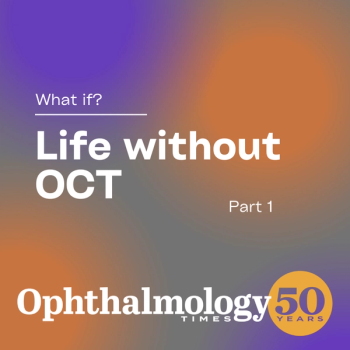
To celebrate Ophthalmology Times' 50th anniversary, we asked leading experts what the practice would look like today had optical coherence tomography (OCT), one of the biggest innovations in the field, never been invented.

The awards recognize outstanding contributions in 3 categories—Rising Star, Catalyst, and Visionary Leader—honoring individuals driving innovation, inclusion, and impact across ophthalmology.

As a US clinical investigator, Wiley shares his insights on the FineVision HP trifocal lens, highlighting patient visual outcomes, satisfaction, and its impact on cataract surgery practice.

Catch up on news you may have missed at the meeting in Orlando, like the effects of GLP-1 drugs on eye health and a potential sign of cardiovascular disease.

David Eichenbaum, MD, FASRS, recalls an early-career case managing bilateral diabetic macular edema with frequent intravitreal triamcinolone injections—leading to severe steroid-induced glaucoma and valve implants.

Cases show improved clarity, astigmatism masking, and versatility in complex eyes.
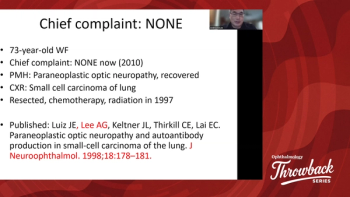
Andrew G. Lee, MD, revisits a 1997 case in which recognizing paraneoplastic optic neuropathy led to the diagnosis—and life-saving treatment—of small cell lung carcinoma.

Earlier use of SLT, sustained-release drug delivery, and MIGS is reframing glaucoma care.
